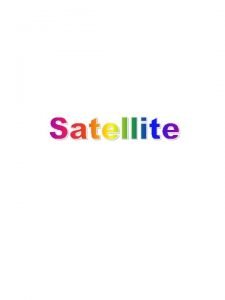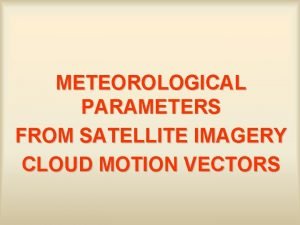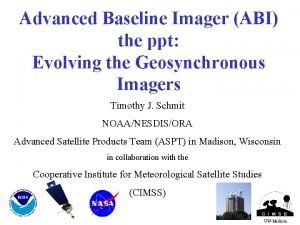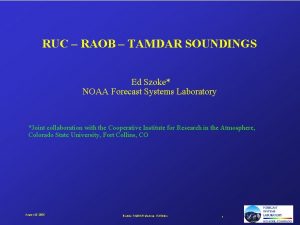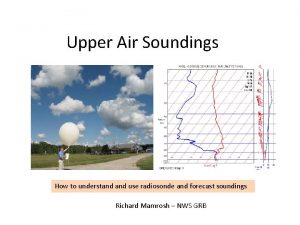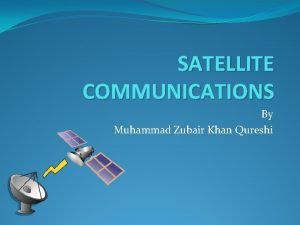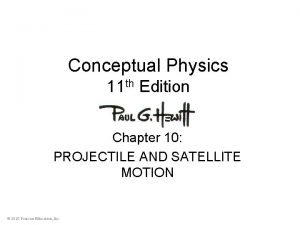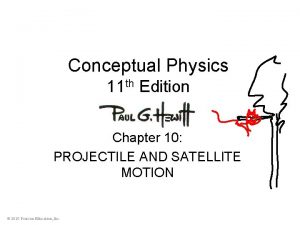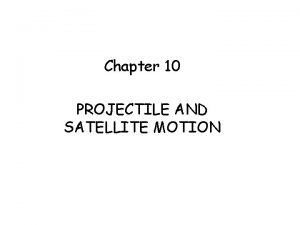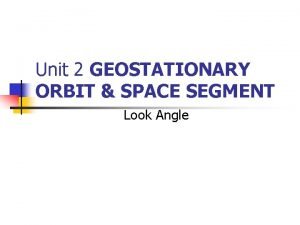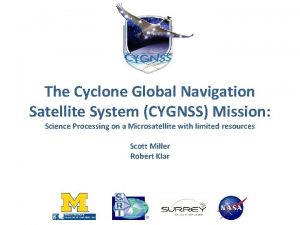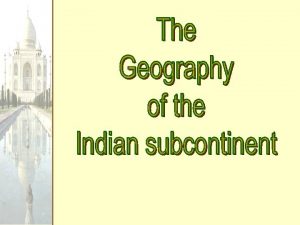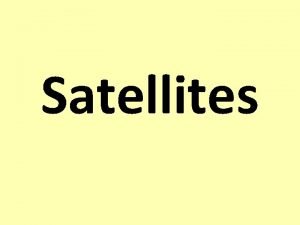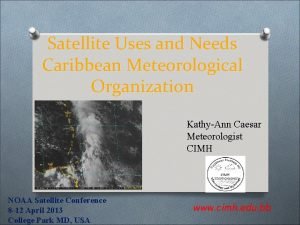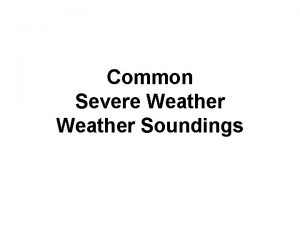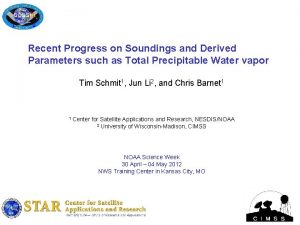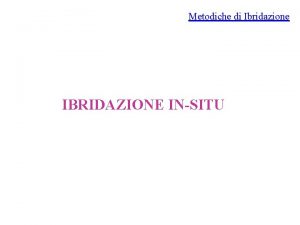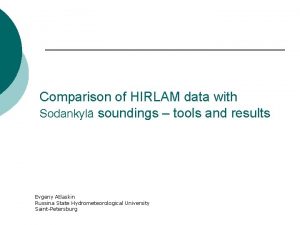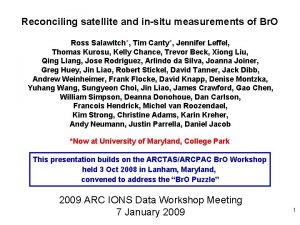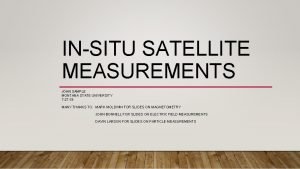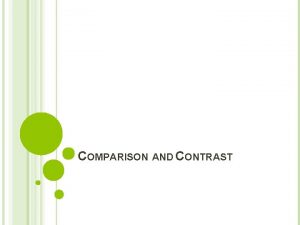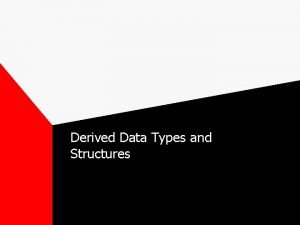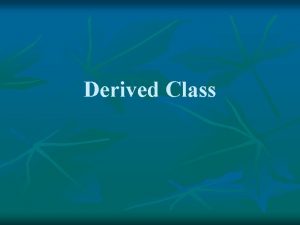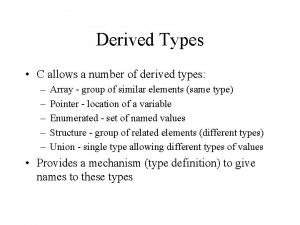Comparison of Insitu and Satellite derived soundings LT
















- Slides: 16

Comparison of In-situ and Satellite derived soundings LT Michael Vancas

Advanced Microwave Sounding Unit (AMSU) Polar orbiting satellites (NOAA-15+) 15 channels for temperature 5 channels 1&2 for near surface channels for humidity soundings amsu. cira. colostate. edu/ Microwave spectrum Passive (outgoing Terrestrial emission)

Microwave Spectrum

Weighting functions are used to correct the brightness temperature for each AMSU channel.

Weighting functions for channels sensing nearest the surface must account for the different emissivity of the surface

AMSU-B channels sense tropospheric moisture

Satellite derived soundings Advantages – Remote locations Disadvantages – Require heavy – Requires little infrastructure – Easily ingested into model fields – Generate many products Rain Rates Snow Cover – – computing Complicated code Limb corrections Boundary conditions Atmospheric effects CLW Precip Dust

Example Products Rain Rate product Snow is bad – Derived from AMSU – Global product Several passes No good over snow covered land equatorial gaps – Calculated using changes in Tb caused by rainfall (AMSU-A) Gaps in coverage at EQ

Another Example Total Precipitable Water – Shows water vapor available to form precipitation – Again, subject to limits over land, snow cover and near the equator – Time averaged

Data Collected Insitu Measurements conducted on the Cruise – Balloon launches – Processed and figures generated by Mary Jordan AMSU-A data collected by NRL – Preprocessing by Joe Turk and Clay Blankenship at NRL

Limitations PCRTM trials and tribulations – Program promises to be very useful, several professors have expressed an interest – Very complicated code Only partial success thus far – Able to generate AMSU-A Brightness temperatures – Unable to fully integrate with Rawinsonde data TB's generated for 15 channels only, unable to generate Lat/Lon information – Forward Radiative Transfer Model requires Rawinsonde field as boundary conditions

Rawinsonde vs TB jump likely caused by cloud cover

Previous slide discussion The TB plot generated shows the Brightness temperature at the center of the channel – TB temperatures are "lower" than would be found in the actual atmosphere due to nature of MW radiation emissions – Decreases with height – Rawinsonde data is (near) continuous vice extremely discretized

Goes satellite derived sounding vs Rawinsonde

Conclusions AMSU derived satellite products very promising – Limited by several factors Revisit time (several hours) – partial fix is increased number of satellites computing resources Radiative xfr models

Questions?
 Satellite derived winds
Satellite derived winds Kalpana satellite images
Kalpana satellite images Green band
Green band Ruc soundings
Ruc soundings Freezing rain
Freezing rain Limit comparison test
Limit comparison test Satellite orbit definition
Satellite orbit definition Tossed ball conceptual physics answers
Tossed ball conceptual physics answers Chapter 10 projectile and satellite motion tossed ball
Chapter 10 projectile and satellite motion tossed ball Chapter 10 projectile and satellite motion tossed ball
Chapter 10 projectile and satellite motion tossed ball Satellite look angle formula
Satellite look angle formula Cyclone global navigation satellite system
Cyclone global navigation satellite system South asia satellite
South asia satellite Use of polar satellite
Use of polar satellite Ramsdis
Ramsdis Satellite link design
Satellite link design What is sdars
What is sdars
